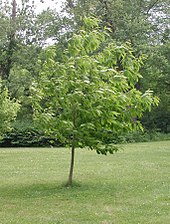Unfortunately these press releases have been going out for 20 years that the researchers are "this close" to coming up with a blight resistant chestnut. I hope they pull it off but I wonder how much closer they have to get.
- Home
- Forum
- Journals
- Gallery
- What's New?
- Todays Posts
- 2,000 Miler Listing
-
Odd & Ends
- About WhiteBlaze/Tools
- About WhiteBlaze
- WhiteBlaze user agreement
- WhiteBlaze logo progression
- WhiteBlaze screen savers
- Purchase a banner spot
- Quick reference
- Usercp
- Subscribed Threads
- Members List
- Calendar
- Mark all forums read





 Reply With Quote
Reply With Quote


